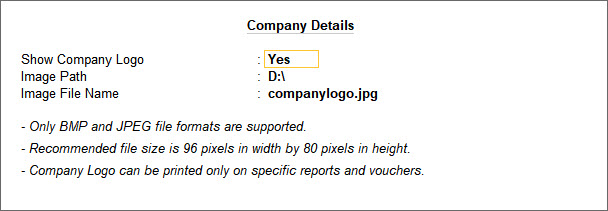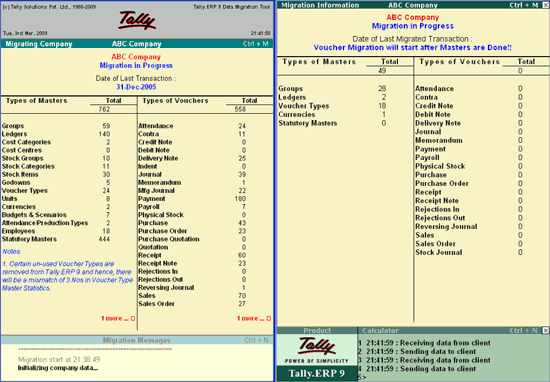

Types of returns and details to be furnished are explained below: Return TypeĪuto-populated details of inward supplies made available to the recipient registered under composition scheme on the basis of FORM GSTR-1 furnished by the supplier.Īll outward supplies of goods and services including auto-populated details from Form GSTR-4A and tax payable details. Ideally, the taxable amount would be added to the composite tax payer’s cost.Ī composite tax payer is required to file quarterly return and annual return. If a dealer chooses to be a composite tax payer, he cannot claim input tax credit even if he makes taxable purchases from a regular taxable dealer.

Rest of India – Aggregate turnover of the person having same PAN of above Rs 20 lakhs during the financial year but does not exceed Rs 50 lakhs.Īpart from the threshold limit, the following conditions are applicable for a composite tax payer:.NE Including Sikkim – Aggregate turnover of the person having same PAN of above Rs 10 lakhs during the financial year but does not exceed Rs 50 lakhs.Under this scheme, a Composite Tax Payer pays tax only at a certain percentage of his turnover. Small dealers and businesses could opt for the composition scheme known as Composition Levy. Similarly, the same benefit is provided under the GST regime. Let us understand how the composition scheme is different with the following example: This saves time and energy involved in maintaining detailed records. Thus for smaller businesses, it is simpler to calculate tax liability. Are not allowed to collect tax on sales.Are not allowed to take Input Tax Credit (ITC).Have an option of not having to maintain detailed records or follow tax invoicing rules.


The current state indirect tax regime has provided a simpler compliance for small dealers known as the Composition Scheme.


 0 kommentar(er)
0 kommentar(er)
